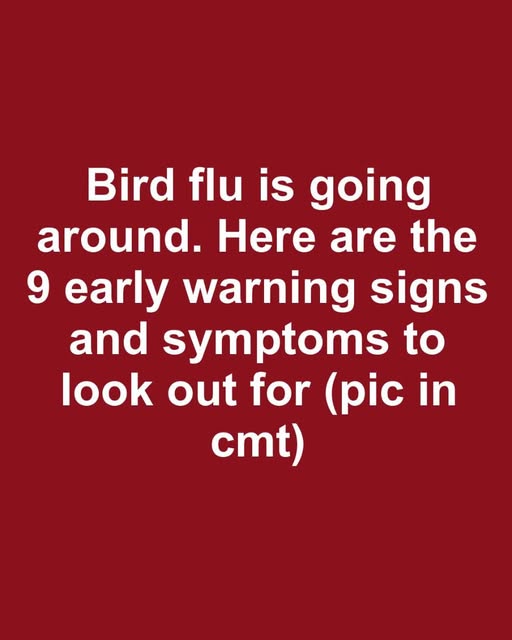- Flu-like symptoms: Fever, cough, sore throat, and muscle aches.
- Respiratory distress: Persistent coughing, shortness of breath, and chest pain, which may indicate a severe lung infection.
- Gastrointestinal symptoms: Nausea, vomiting, diarrhea, and abdominal discomfort, which can increase the risk of dehydration.
- Neurological signs: In rare cases, confusion, seizures, and altered mental status may occur, requiring immediate medical attention.
Anyone who experiences these symptoms, particularly after exposure to birds or affected areas, should seek medical evaluation promptly.
Who Is at Higher Risk?
Certain groups are more vulnerable to severe complications from bird flu, including:
- Poultry workers and those visiting live bird markets.
- Individuals with weakened immune systems, pregnant women, and young children.
- People who have direct or indirect exposure to infected birds.
Understanding these risk factors is crucial for taking preventive measures and reducing the chances of infection.
Prevention and Control Measures
Preventing bird flu requires a combination of personal precautions and broader public health strategies. Effective steps include:
- Avoiding direct contact with sick or dead birds.
- Practicing good hygiene, such as frequent handwashing and using protective gear when handling poultry.
- Supporting vaccination programs for poultry to minimize outbreaks.
- Following public health guidelines, including travel advisories and safety measures in high-risk areas.
Public awareness campaigns also play an important role in educating communities about bird flu and reducing misinformation.
Global Health Efforts and Future Preparedness
Bird flu continues to pose a significant health concern due to its potential to cause severe illness and disrupt economies. Recognizing symptoms early, understanding transmission risks, and implementing preventive measures are key to reducing its impact. Ongoing research, surveillance, and preparedness efforts will help protect both human and animal populations, ensuring global health security against future outbreaks.

